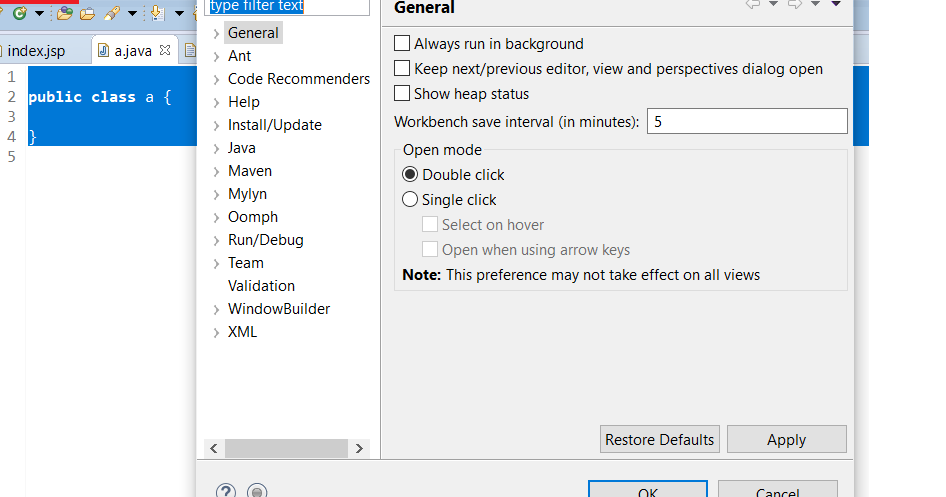

Tomcat: The Definitive Guide (2nd ed.), by Jason Brittain, Ian F.Tomcat 6 Developer's Guide, by Damodar Chetty.Apache Tomcat 7 Essentials, by Tanuj Khare.Tomcat committers' names are indicated in bold. The books are listed by descending publication They are mentioned just because they are Tomcat centric and mayīe useful references. For more information, see "Configuring AM's Container for HTTPS".The Apache Tomcat project doesn't endorse any of the books mentioned When you have finished setting up Apache Tomcat, ForgeRock recommends that you enforce HTTPS connections to AM. The following excerpt shows an example with the URIEncoding and sslProtocol attributes set appropriately: configuration elements are found in the configuration file, /path/to/tomcat/conf/server.xml. You should also ensure the sslProtocol property is set to TLS, which disables the potentially vulnerable SSL v3.0 protocol. This is particularly useful if your applications use the AM REST APIs and some identifiers, such as user names, contain special characters. UTF-8 URI encoding ensures that URL-encoded characters in the paths of URIs are correctly decoded by the container.

For information about configuring the cookie domain during installation, see "To Configure an Instance".įorgeRock recommends that you edit the Tomcat configuration to set URIEncoding="UTF-8".
APACHE TOMCAT 8 BOOK INSTALL
For example, if you install AM and use as the host, you can set the cookie domain name as. You can set the cookie domain name value to an empty string for host-only cookies or to any non-top level domain. It is strongly recommended that you do not enable ._ENCODED_SLASH when running AM in production as it introduces a security risk.įor more information, see How do I safely enable the ._ENCODED_SLASH setting in AM/OpenAM (All Versions)? in the ForgeRock Knowledge Base. For example:Įxport CATALINA_OPTS="$CATALINA_OPTS -server -Xmx2g -XX:MetaspaceSize=256m -XX:MaxMetaspaceSize=256m \ One possible workaround is to configure Tomcat to allow encoded slash characters by adding the ._ENCODED_SLASH=true property to the CATALINA_OPTS variable however, this is not recommended for production deployments (see the warning below). These slash characters can cause unexpected behavior when running AM on Tomcat. Some AM resources have names that can contain slash characters ( /), for example, in policy names, application names, and SAML v2.0 entities. If you have set the _SERVLET_COMPLIANCE Tomcat property to true, add the ._ADD_EXPIRE property in the $CATALINA_BASE/bin/setenv.sh file, to add the Expires attribute to the headers: export CATALINA_OPTS="$CATALINA_OPTS -server -Xmx2g -XX:MetaspaceSize=256m -XX:MaxMetaspaceSize=256m \ Some versions of Internet Explorer and Microsoft Edge support the Expires header attribute instead of the Max-Age header attribute, which may cause SAML v2.0 and agent logout sequences to fail. For example, add the following in the $CATALINA_BASE/bin/setenv.sh file:Įxport CATALINA_OPTS="$CATALINA_OPTS -server -Xmx2g -XX:MetaspaceSize=256m -XX:MaxMetaspaceSize=256m" Set a CATALINA_OPTS environment variable with the appropriate tuning for your environment. See "Preparing a Java Environment" for details. If you are evaluating AM and using the embedded DS, you require at least a 2 GB heap, as 50% of that space is allocated to DS. Tomcat is installed on, and listens on the default ports without a Java Security Manager enabled.ĪM core services require a minimum JVM heap size of 1 GB, and a metadata space size of up to 256 MB.



 0 kommentar(er)
0 kommentar(er)
